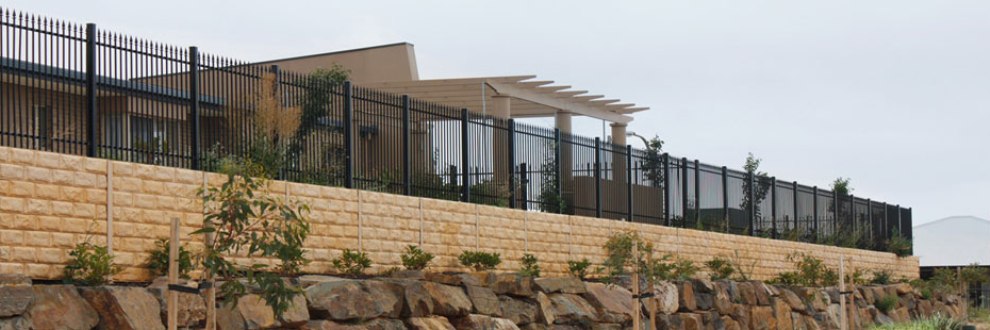Questions you should ask
Question – Do I need a Building Permit?
Answer – You need a building permit for retaining walls “Constructed on or near site boundaries where there is a risk of damage of adjoining property” or if the wall that you are constructing is 1m or more in height. For further information on permit requirement https://www.vba.vic.gov.au/__data/assets/pdf_file/0008/99377/PN-32-When-is-a-building-permit-required.pdf
Question – Do I need a Planning Permit?
Answer – This has to be assessed on a case by case basis. It may be required by depending on the overlays on the property and the scope of the works. We recommend that you contact your local council to check if you need a planning permit.
Question – Do I need engineering?
Answer – In general if your wall needs a permit you need engineering. That means that if your wall is over 1m high or if the wall built on or near site boundaries where there is a risk of damage to adjoining properties, you need to have engineering done.
Question – Do I need a Registered Building Practitioner?
In Victoria, you’ll need to use a registered builder for most domestic building work worth more than $10,000 (including parts and labour). When you use a registered building practitioner you can be confident that they are qualified, experienced and insured as required. For more information go to https://www.vba.vic.gov.au/consumers/home-renovation-essentials/engaging-builder
Question – What is Builders Warranty Insurance?
Answer – Builders Warranty insurance or Domestic Building Insurance is intended to provide protection for the client and insures them in the case that the builder dies, becomes insolvent or disappears and cannot finish the project or fix defects. Domestic Building insurance is required for all domestic builders who enter into domestic building contracts where the value is over $16,000.
Question – Do I need Drainage?
Answer – Yes. If you do not have adequate drainage for your retaining wall the build up of water behind the wall increases the load on the wall beyond the level that it was designed for. Drainage is relatively simple to install and will also prevent seepage through your wall.




